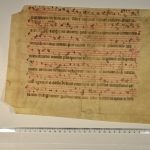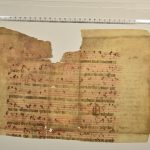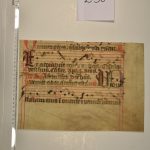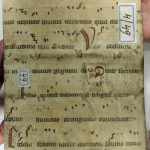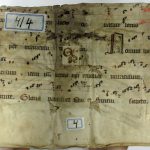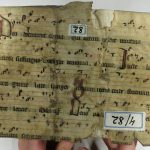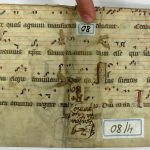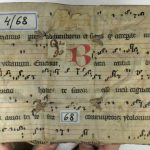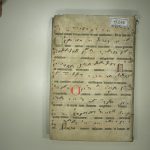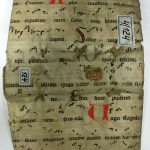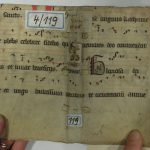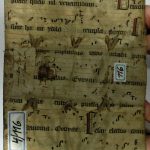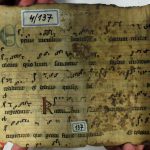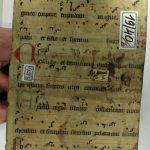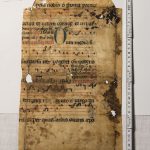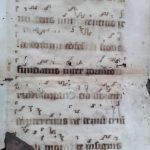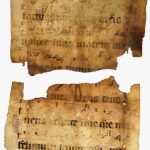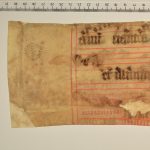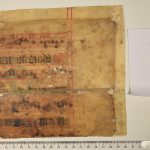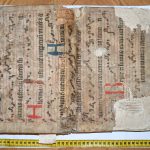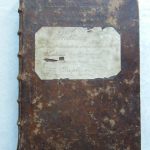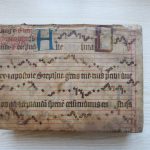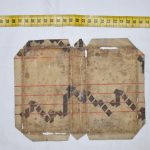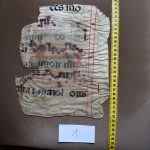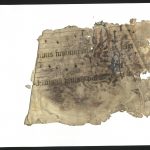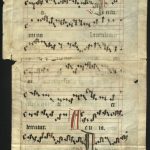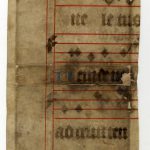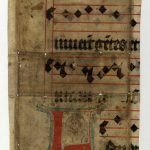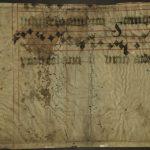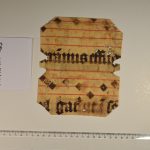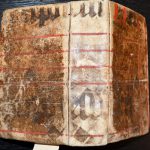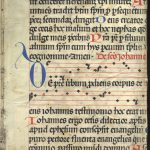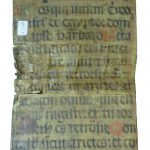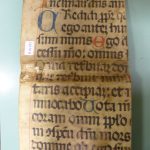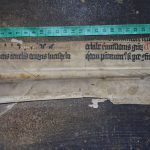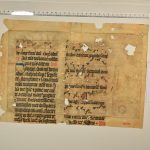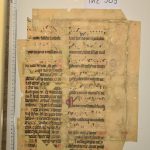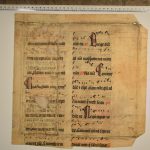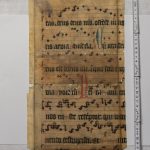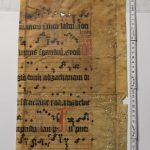In our database, any source of which at least two fragments have been identified is considered a mother codex. Accordingly, sister fragments are fragments originating from the same source, i.e. from the same mother codex. Mother codices can be well-known manuscripts of medieval liturgical chant used as basic sources in plainchant research, with specific names, sometimes fixed differently in the scholarly terminology of different countries. In our database, these are displayed by their names used in Hungarian literature (e.g. Graduale Strigoniense Thomae card. Bakócz, Antiphonale Varadinense etc.). We consider it important that the name expresses the medieval liturgical tradition, (use) represented by the source, if this can be justified with certainty.
The hitherto unknown mother codices, which can only be reconstructed from fragments, are named by their genre. Their geographical and/or liturgical provenance is only referred to in their names if this is plausible despite the fragmentary transmission of the sources. Mother codices of the same name (genre) are distinguished from each other by Arabic numerals.
For the groups of fragments belonging to a known and physically preserved original manuscript, we always indicate the location and shelfmark of the mother codex, if possible, with a link to its digital copy available online. In this way, the database allows sister fragments to appear side by side and to virtually return the fragments to their original location in the mother codex.


